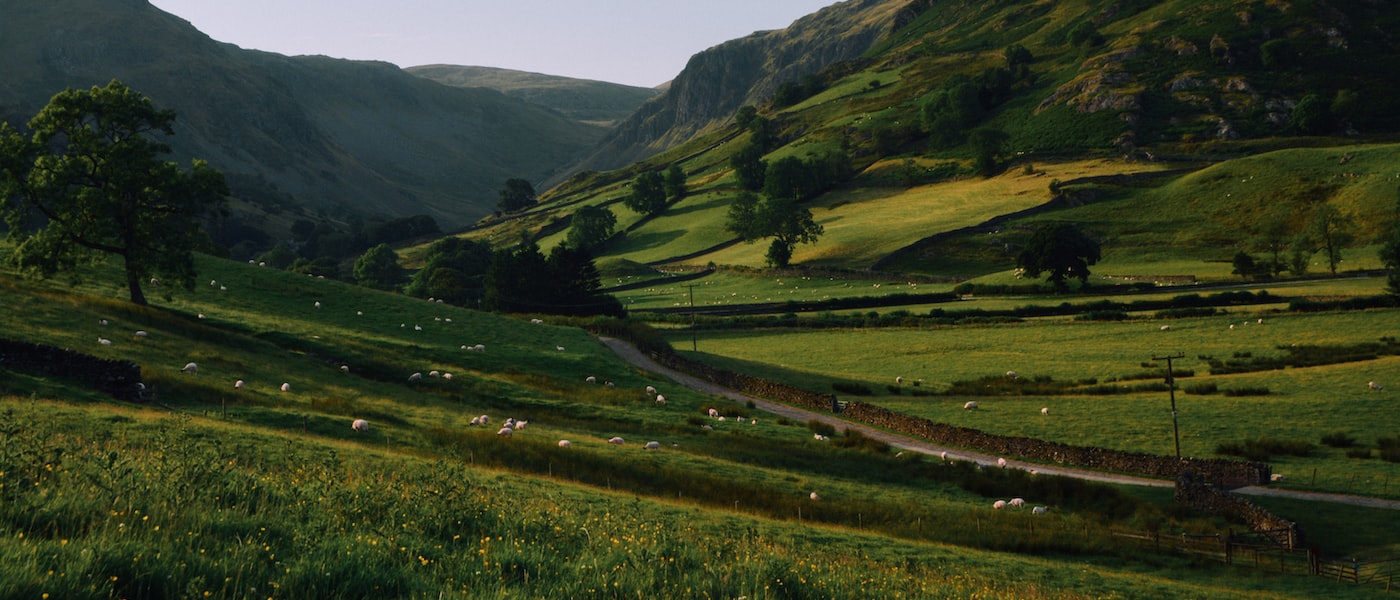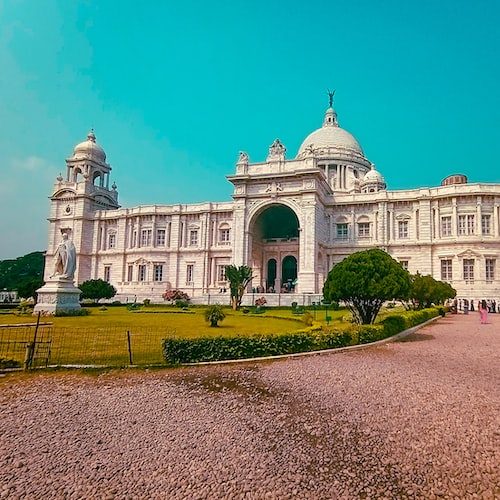It occupies 650 km2 (250 sq mi) on the Deccan Plateau along the banks of the
Musi
River, in the northern part of Southern India. With an average altitude of 542 m
(1,778 ft), much of Hyderabad is situated on hilly terrain around artificial
lakes,
including the Hussain Sagar lake, predating the city's founding, in the north of
the
city centre. According to the 2011 Census of India, Hyderabad is the fourth-most
populous city in India with a population of 6.9 million residents within the
city
limits, and has a population of 9.7 million residents in the metropolitan
region,
making it the sixth-most populous metropolitan area in India. With an output of
US$74 billion, Hyderabad has the fifth-largest urban economy in India.
The Qutb Shahi dynasty's Muhammad Quli Qutb Shah established Hyderabad in 1591
to
extend the capital beyond the fortified Golconda. In 1687, the city was annexed
by
the Mughals. In 1724, Asaf Jah I, the Mughal viceroy, declared his sovereignty
and
founded the Asaf Jahi dynasty, also known as the Nizams. Hyderabad served as the
imperial capital of the Asaf Jahi's from 1769 to 1948. As capital of the
princely
state of Hyderabad, the city housed the British Residency and cantonment until
Indian independence in 1947. Hyderabad was annexed by the Indian Union in 1948
and
continued as a capital of Hyderabad State from 1948 to 1956. After the
introduction
of the States Reorganisation Act of 1956, Hyderabad was made the capital of the
newly formed Andhra Pradesh. In 2014, Andhra Pradesh was split to form the state
of
Telangana, and Hyderabad became the joint capital of the two states with a
transitional arrangement scheduled to end in 2024. Since 1956, the city has
housed
the Rashtrapati Nilayam, the winter office of the president of India.
Relics of the Qutb Shahi and Nizam eras remain visible today; the Charminar has
come
to symbolise the city. By the end of the early modern era, the Mughal Empire had
declined in the Deccan, and the Nizam's patronage attracted men of letters from
various parts of the world. A distinctive culture arose from the amalgamation of
local and migrated artisans, with Painting, handicraft, jewellery, literature,
dialect and clothing are prominent still today. Through its cuisine, the city is
listed as a creative city of gastronomy by UNESCO. The Telugu film industry
based in
the city is the highest-grossing film industry in India as of 2021.
Until the 19th century Hyderabad was known for the pearl industry and was
nicknamed
the "City of Pearls", and was the only trading centre for Golconda diamonds in
the
world. Many of the city's historical and traditional bazaars remain open.
Hyderabad's central location between the Deccan Plateau and the Western Ghats,
and
industrialisation throughout the 20th century attracted major Indian research,
manufacturing, educational and financial institutions. Since the 1990s, the city
has
emerged as an Indian hub of pharmaceuticals and biotechnology and information
technology. The formation of the special economic zones of Hardware Park and
HITEC
City, dedicated to information technology, has encouraged leading multinationals
to
set up operations in Hyderabad.







